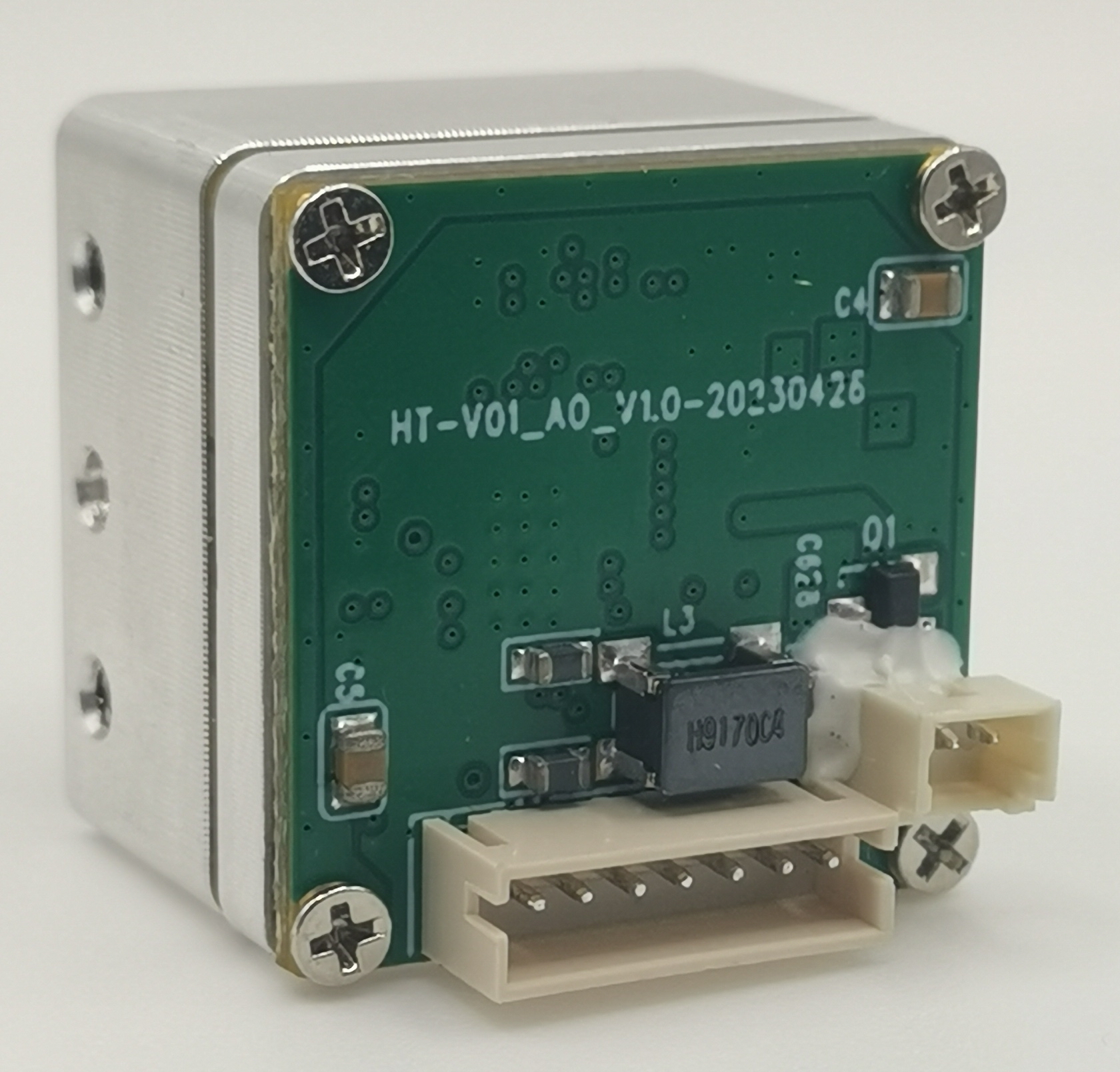The Advantages of Drone Thermal Imaging: Exploring Applications and Benefits

Drone Thermal Imaging Overview
Drone thermal imaging technology has brought about a significant transformation across various industries, providing a wide array of applications and advantages. The integration of drones with thermal cameras has proven to be exceptionally valuable, particularly in bolstering search and rescue operations, delivering vital insights in agriculture, and facilitating infrastructure inspection. This blog is dedicated to exploring the diverse applications and benefits offered by the use of drones equipped with thermal cameras. Throughout this exploration, we will delve into the advantages of utilizing drone thermal imaging technology, shedding light on its wide-ranging applications and benefits.
Thermal Imaging Applications
Search and Rescue Operations
Drones equipped with thermal cameras play a pivotal role in search and rescue operations, especially in challenging terrains where traditional methods may fall short.
The thermal imaging capability enables quick and efficient identification of heat signatures, significantly aiding in locating missing persons or survivors.
Agriculture and Infrastructure Inspection
Thermal imaging drones offer valuable insights into various aspects of agriculture, including crop health, irrigation, and pest infestations.
Additionally, in infrastructure inspection, drones equipped with thermal cameras are instrumental in detecting structural issues and monitoring temperature changes in buildings and facilities.
Using thermal drone applications, these technologies have proven to be indispensable across diverse sectors, providing enhanced capabilities for search and rescue missions as well as agricultural and infrastructure assessments.
Comparing Thermal Camera Options
When considering thermal camera options for drones, it's essential to evaluate the available choices to ensure the best fit for specific applications. Here, we compare a leading thermal drone option and highlight the regulations governing their use.
Isun Thermal Drone
The Isun thermal drone stands out with its advanced thermal imaging capabilities tailored for various applications. Its high-resolution thermal sensors and user-friendly interface have made it a popular choice among professionals seeking reliable and efficient thermal imaging solutions.
Regulations for Thermal Drones
Regulations surrounding the use of thermal imaging drones vary by region and are crucial for ensuring compliance with privacy and safety standards. Pilots must be well-informed about the specific regulations governing the use of thermal imaging technology on drones to operate within legal boundaries.
By understanding the features of different thermal camera options and adhering to regulations, professionals can make informed decisions when selecting thermal imaging devices for their drones.
Benefits of Thermal Imaging
Enhanced Safety and Efficiency
The integration of thermal imaging devices on drones brings about a multitude of benefits, primarily in enhancing safety and operational efficiency across various industries. By providing enhanced visibility in low-light conditions and hazardous environments, thermal imaging drones significantly contribute to improving safety standards. This heightened visibility allows for better navigation and obstacle avoidance, reducing the risk of accidents or mishaps.
Moreover, the use of thermal cameras on drones enhances operational efficiency by streamlining processes and reducing the time and costs associated with traditional methods. For instance, in search and rescue operations, the quick identification of heat signatures expedites the location of missing persons or survivors, ultimately saving crucial time in critical situations.
Environmental Monitoring and Conservation
Another significant advantage of utilizing drones equipped with thermal cameras is their role in environmental monitoring and conservation efforts. These devices aid in wildlife conservation by enabling researchers to track animal populations without causing disturbance. Additionally, thermal imaging technology facilitates early detection of forest fires, allowing for prompt intervention to mitigate potential damage.
Furthermore, the proactive measures enabled by thermal imaging drones support natural resource protection and ecosystem preservation. By identifying changes in temperature patterns or detecting anomalies in environmental conditions, these devices empower conservationists to take timely actions to safeguard delicate ecosystems.
Exploring Future of Thermal Imaging
The future of thermal imaging technology for drones holds immense promise, with ongoing advancements and an expanding array of applications. Continued innovation in thermal imaging is expected to unlock new opportunities and further enhance the capabilities of drones. As this technology evolves, it will likely lead to improved precision, expanded functionalities, and greater accessibility. The potential for advancements in thermal imaging on drones opens up possibilities for diverse industries, ranging from public safety and infrastructure management to environmental conservation and beyond.
Innovations Ahead: The future of thermal imaging on drones is poised to revolutionize various sectors, offering unprecedented insights and solutions.
Follow Us
Established in 2006, iSun has been dedicated to delivering a diverse array of cutting-edge products and services. Our offerings encompass an extensive range of Car Electric products, featuring innovative solutions like Carplay, Car MP5, Car Media Player, Car DVD Player, LCD Smart Car Key, Car Rear Cabin Control System, AI Cameras, Car Thermal Camera, Night Vision technology, Thermal Imagers, GPS Tracking Systems, and more. At iSun, we strive to provide our customers with top-notch quality and advanced technology, ensuring an unparalleled automotive experience.
Address
A1-206,Hangcheng Chuangxin Chuangye Park,Hangcheng RD, Bao'an,Shenzhen,China.
Contacts
sales@iasun.cn
WhatsApp/Wechat: +86 135 1042 1923
See Also
Unveiling the Potential of Thermal Imaging Drones for Various Uses
Uncovering the Flexibility of Thermal Cameras for Drones with Night Vision
The Benefits of Thermal Cameras for Outdoor Use in 2024
Exploring the Advantages of Thermal Cameras and Night Vision
Contact Us: Ms. Coco Huang
E-mail: sales@iasun.cn
WhatsApp/Wechat: +86 13510421923

